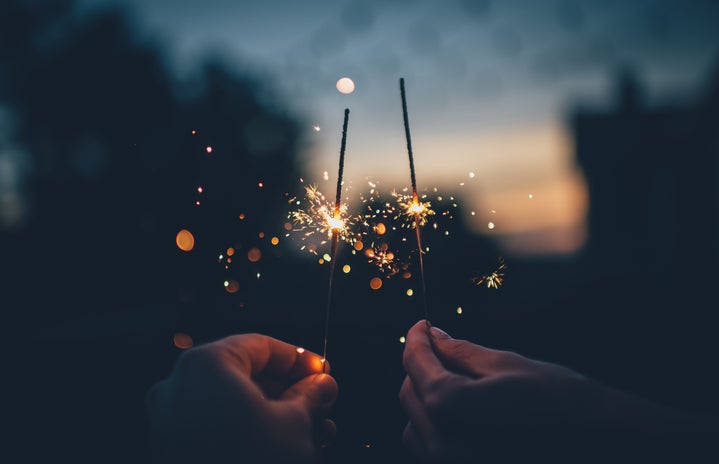Elephants in Africa are being poached for their ivory, but what are the methods in place to prevent the killing of the elephants in the first place?
A ban was placed on the trading of ivory in 1989. Following the ban, the demand for ivory decreased. However, from 2000 to 2002, the sale of tusks was approved from parts of Africa to Japan. This resulted in the deaths of 1059 or more elephants.
Ivory is considered a symbol of status in China and this is considered to be the reason for the demand.
The ivory larger than a trinket that was carved before the ban was placed on its trade was given an identity card. Some of these cards have a picture of carving.
There are two sides to the story. The poachers are desperate for both money and food. Poaching gives them the money that they require in order to sustain themselves. In some cases, they even eat the elephant meat. The trade is “turning good people into bad people.”
After everything said and done, there is still hope for the elephants. As of the last day in 2017, the trade of all ivory and ivory products was made illegal in China.
For more information on the ivory trade, please consult the following:
Elephants are losing their tusks
Tracking the Illegal Tusk Trade


